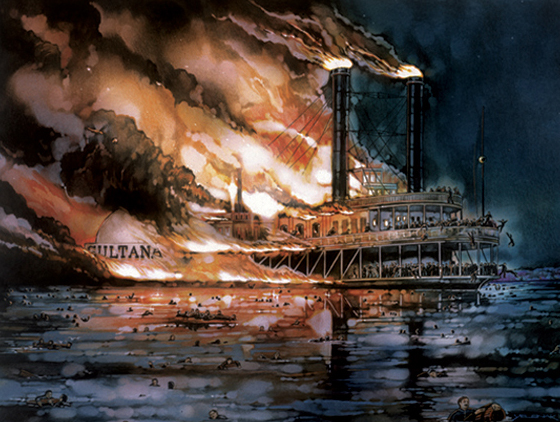
By Gordon Rottman
SOLDIERS OF ALL belligerent nations in World War Two had some form of nickname for most of their weapons. Hand grenades were not excluded from this practice. Grenades were the infantryman’s “pocket artillery” and considered essential basic weapons right up there with the rifle, bayonet, and light machine gun.
The American Mk II fragmentation grenade or “frag” was commonly known as the “pineapple,” and not just because of its pineapple-like shape and segmented body pattern, but because up until 1943, they were painted yellow instead of olive drab to warn they were live grenades. It was discovered the Japanese could find the yellow grenades at night and throw them back. They were also called “lemon grenades” for the same reason.
GIs were not the only ones to call their grenades that. The Russians called their similar looking F-1 grenade the limonka (lemon-like) as did the French their own F1, the citron (lemon). The France also called it the ananas (pineapple).

While most are familiar with the German Stg.24 Stielhandgranate 1924 or “potato masher,” they even more widely used the Eihgr. 39—Eihandgranate 1939 (egg hand grenade). While egg-shaped, they also called this little blast grenade the Appelsine (orange), Aprikose (apricot), Ei (egg), Knackmandel (almond), Tennisball (tennis ball), or Tomate (tomato). Back to the stick grenade, they referred to it as the Türkfopfer (doorknocker) it being used to announce one’s entry into a room. The Russians called it the same thing, a kolotushke. The Germans tended to tag many common items with multiple nicknames and grenades in general were called a Blumentopf (flowerpot), Knallbonbon (Christmas cracker), Kracheisen (noisy iron), Radauplätzchen (hullabaloo cookies), or Spielzeug (toy). A Wichsbürste (withdrawal brush) was a stick grenade tossed behind one when retreating while a grenade battle was a Schneeballschlacht (snowball fight). A leih-Ei (loaned egg) was a grenade thrown back by the enemy before it detonated.
The British simply referred to their grenades as “bombs.” This originated from the Grenadier Guards, collective called Grenadiers, protesting that grenade throwers army-wide were being called “grenadiers,” an infringement of the regiment’s privileges. In 1916, the King subsequently ordered they be called “bombers” or “bomb throwers.” This resulted in the No. 32 hand grenade being commonly called the “Mills bomb” after its knighted inventor.
 Gordon L. Rottman is a Texas-based author of more than 100 books on military history. For more World War II soldiers’ slang from the U.S., Commonwealth, Germany, Russia and Japan, check out FUBAR and SNAFU, both available from Amazon.
Gordon L. Rottman is a Texas-based author of more than 100 books on military history. For more World War II soldiers’ slang from the U.S., Commonwealth, Germany, Russia and Japan, check out FUBAR and SNAFU, both available from Amazon.
(ORIGINALLY PUBLISHED: May, 2014)









